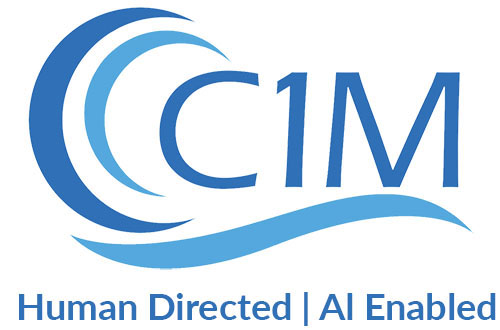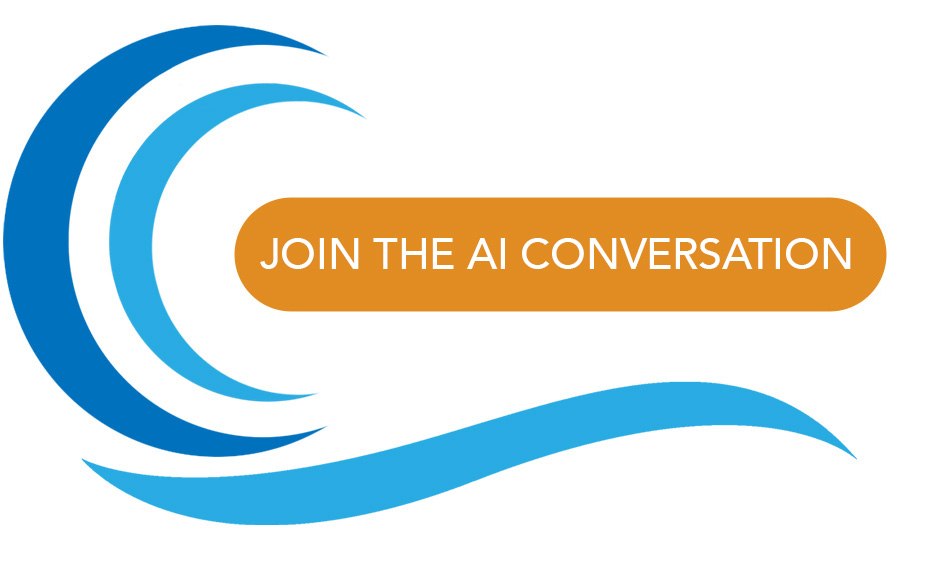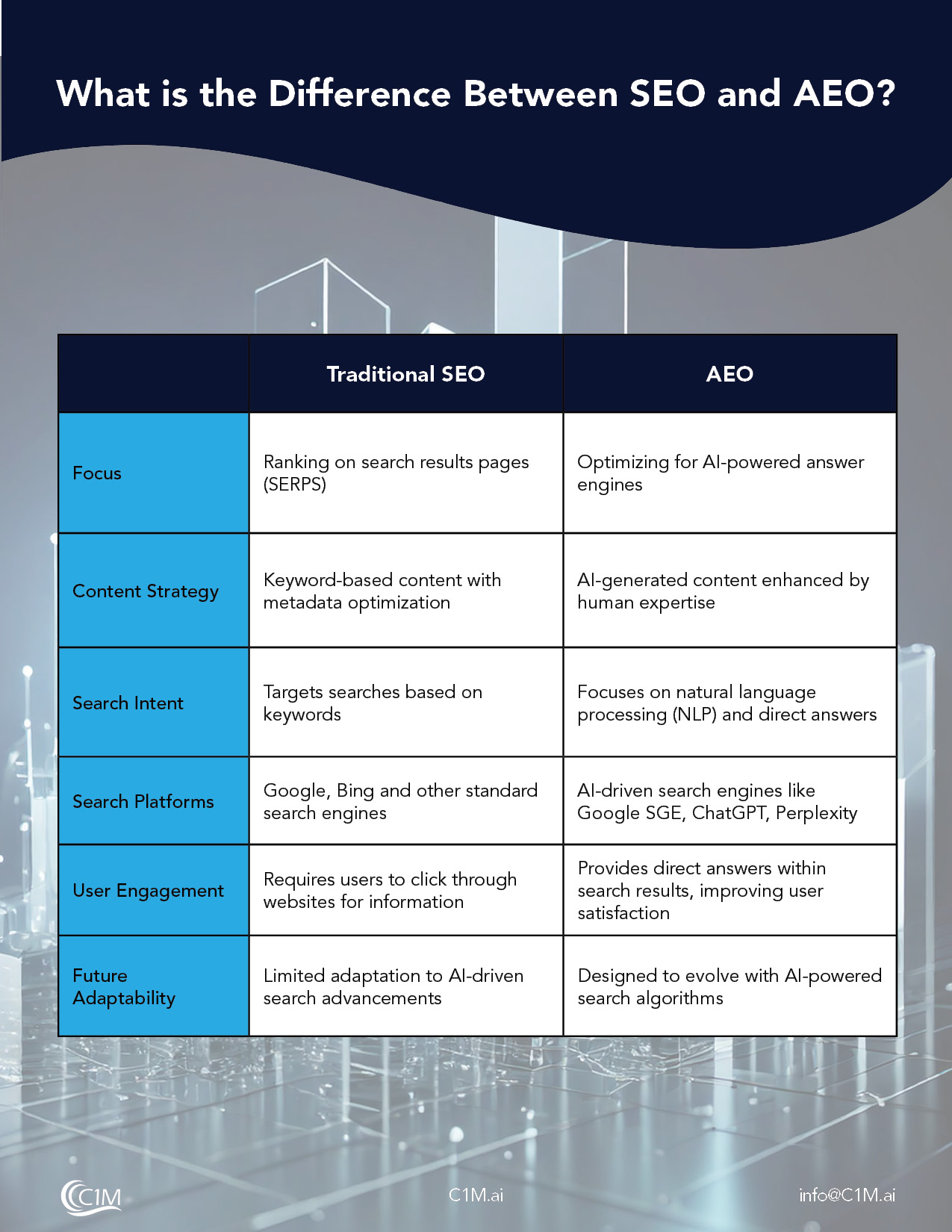Initial Awareness and Exploration
At this level, the organization is just beginning to recognize the potential of conversational AI. There’s no formal strategy or implementation, but individual employees may experiment with publicly available AI tools.
Key Characteristics
- Key Characteristics
- Ad-hoc use of public AI tools like ChatGPT
- Informal discussions about AI potential within teams
- Limited understanding of AI capabilities and limitations
- No official AI policies or guidelines in place
Benefits
- Increased awareness of AI potential
- Stimulation of innovative thinking among employees
Challenges
- Lack of direction and coordination in AI efforts
- Potential security and privacy risks from uncontrolled AI use
How training program is designed ?
This training program is designed to guide your organization toward the “Initial Awareness and Exploration” phase of AI adoption, also known as AI Maturity Level 0. By providing a foundational understanding of conversational AI tools like ChatGPT and Microsoft Copilot, fostering experimentation, and encouraging informal discussions about AI’s potential, this program will stimulate innovative thinking and increase awareness of AI capabilities across your team. Additionally, it equips employees with a realistic understanding of AI’s limitations and essential security considerations, helping your organization avoid risks associated with uncontrolled AI use. As a result, your team will be better prepared to leverage AI for business improvements, setting the stage for future growth in AI maturity. This is the first crucial step in harnessing AI’s transformative power, positioning your organization for long-term success in the digital age.
Introduction to AI and Conversational AI Tools
Training Objective
Build foundational knowledge of AI concepts and popular conversational AI tools.
Content
- Basic AI concepts (machine learning, natural language processing, and generative AI).
- Overview of popular conversational AI tools (e.g., ChatGPT, Microsoft Copilot, Claude, Perplexity).
- Real-world examples of how these tools can be used in various business functions (customer support, marketing, internal automation).


Hands-On Exploration and Experimentation
Training Objective
Allow employees to experiment with different AI tools to foster familiarity and comfort.
Content
- Step-by-step guides and workshops on using tools like ChatGPT and Copilot.
- Use-case scenarios for employees to apply AI tools in their everyday roles.
- Guided assignments to explore AI tools for specific problems (e.g., automating a repetitive task or brainstorming ideas).
Facilitated Discussions and Idea Sharing
Training Objective
Encourage informal discussions and collaboration on the potential of AI in various departments.
Content
- Group brainstorming sessions: How could AI tools improve processes in marketing, customer service, HR, etc.?
- Team discussions on concerns, potential benefits, and creative uses of AI in business contexts.
- Sharing of experimentation results from hands-on sessions to cross-pollinate ideas.


Understanding AI’s Capabilities and Limitations
Training Objective
Ensure a clear understanding of what conversational AI can and cannot do.
Content
- Breakdown of AI’s strengths and weaknesses (e.g., creativity, automation, efficiency vs. complex reasoning, bias, errors).
- Interactive workshops on identifying situations where AI is beneficial versus tasks it’s not suited for.
- Case studies of AI successes and failures in real businesses.
Introduction to Security and Privacy Considerations
Training Objective
Highlight potential security and privacy risks with AI usage.
Content
- Overview of data privacy concerns when using public AI tools.
- Best practices for safely experimenting with conversational AI (e.g., not sharing sensitive company data with external AI platforms).
- Introduction to basic cybersecurity principles in the context of AI use.


AI Policy and Governance Awareness
Training Objective
Introduce the need for official AI guidelines and governance, even if they aren't yet formalized.
Content
- Discussion on why AI policies and governance are essential (to control data access, minimize risk, ensure compliance).
- Example of basic guidelines employees should follow when using public AI tools.
- Overview of how policies will evolve as the organization progresses in AI adoption.
Stimulating Innovation with AI
Training Objective
Encourage a mindset of innovation and creative problem-solving using AI tools.
Content
- Encouraging teams to think about AI’s potential beyond their current responsibilities.
- Workshops on leveraging AI for innovation, efficiency gains, and solving long-standing challenges in business processes.
- Recognition and reward program for innovative uses of AI within the organization.


Ongoing Learning and Development
Training Objective
Ensure continued learning as AI technology evolves.
Content
- Resources for employees to stay up-to-date on AI developments.
- Setting up AI learning communities within the organization (Slack groups, forums, monthly meetings).
- Optional follow-up workshops for deeper dives into specific tools or advanced AI applications.
Delivery Method
Online tutorials and webinars for tool overviews.
In-person or virtual workshops for hands-on experimentation and group discussions
AI experimentation hours where employees can freely try out different tools with guidance.
Collaborative platforms (e.g., Microsoft Teams, Slack) for ongoing discussions and idea sharing.
Outcome of the Training
At the end of this training program, employees will
Have a basic understanding of conversational AI tools and their potential applications.
Feel comfortable experimenting with AI tools in their work.
Participate in informal discussions about AI’s role in improving business processes.
Be aware of the need for eventual AI policies and understand basic security concerns.




